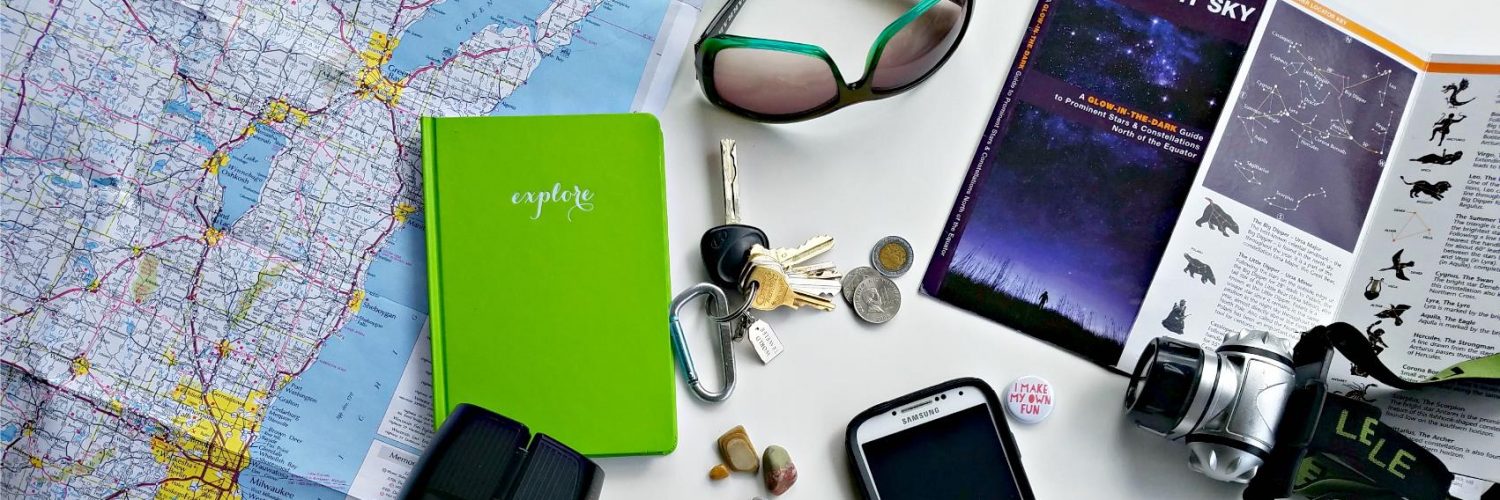
Speeding down the highway from Cancun to Playa del Carmen I noticed we passed more than one group of cyclists riding on the shoulder of the road. I didn’t think too much of it until my sister-in-law, L, pointed them out as pilgrims for Nuestra Señora de Guadalupe. I barely stepped off the plane after 14 hours of planes and automobiles. I just nodded as we sped on, not fully taking it in.
Later it made sense. We were nearing December 12. Our Lady of Guadalupe (Nuestra Señora de Guadalupe) is the patron saint of Mexico and December 12 marks her feast day. Our Lady (or the Virgin Mary) is said to have appeared four times near Mexico City in December 1531. I didn’t yet understand it, but Nuestra Señora de Guadalupe is a significant part of Mexico’s culture and history than I had previously understood.

A few days later, during the evening Xcaret Mexico Espectacular, I curiously watched the performers transform their farm props into pieces of a larger creation. Again, I didn’t think too much of it until L leaned over and whispered in Spanish, “They’re making the La Virgen.” Again, I nodded as if I understood, but I didn’t yet have a real sense of the importance of Our Lady of Guadalupe to the people of Mexico.

Later in the week on the road from Campeche to Mérida, there were so many groups of “pilgrims” running or biking on the side of the highway, I couldn’t just passively observe. I sat up and started to pay attention.
We passed hundreds of people traveling with portraits or statues of Our Lady of Guadalupe strapped to their backs. Some of the statues were the size of a child’s doll. Some were nearly as tall as I am. Pilgrims ran barefoot with torches, families traveled on decorated motor-trikes, and groups wore matching tracksuits. Some groups were led or followed by a truck for support. This wasn’t a bunch of concerned activists running for the local pet sanctuary on their day off.
It was impressive. I needed to know more.
I grilled my nephew about it as he drove us closer to Mérida . Mexican flags, images of Juan Diego and Our Lady, and shirts that advertised their destination decorated the roadways. The pilgrims, he told me, make a pledge to La Virgen in the hopes that she will heal a sick loved one. Some make the pilgrimage to acknowledge her influence in their lives. Others simply make the journey to honor Our Lady of Guadalupe.

December 1 marks the beginning of the pilgrimages, but if the route is shorter, these pilgrims, or Guadalupanos, may start closer to December 12. I learned that some make the journey across the country to Mexico City and the Basílica (the site of Juan Diego’s tilma or cloak that bears the image of La Virgen). Others make a pledge to make a much shorter pilgrimage from one town to another. Regardless of distance, they plan to arrive at the cathedral on the eve of December 12 to celebrate La Virgen as December 11 becomes December 12.

I still had dozens of questions, but I had exhausted my nephew’s knowledge. Late that evening, L turned on the television to watch the Basílica’s live feed of Las Mañanitas a La Virgen de Guadalupe. What looked like thousands of people, including many Mexican celebrities, were in and around the cathedral. They came to pray, honor La Virgen, and see her image on the tilma preserved in the Basílica. Famous singers sang tribute to Nuestra Señora de Guadalupe. At midnight, after singing Las Mañanitas to the mother of God, the mass began. I stayed up long after everyone else had gone to bed watching the mass, spoken in Spanish.
The next night we drove back to Cancun on quiet highways; not a pilgrim to be seen. I was a little disappointed while planning this trip. We would leave before the first posadas began, before the Christmas season really got started. Though we didn’t go to a posada, I wasn’t disappointed. Instead we witnessed the true start of the Christmas season, one I didn’t even know about before this trip.
As a traveler, you can’t begin to understand a country if you only see the surface of it. Cruise ships, restaurants, and gift shops don’t make up a country. It’s through real life experiences that you know a country and you can’t get those experiences through a porthole or a guidebook.
Witnessing the Guadalupanos ride, run, and motor towards their destinations showed me another, less commercial side of Christmas in Mexico. I left with a better understanding of Mexico, its people, and my family. And you can be sure, the next time I travel to Mexico, I’ll be taking it all in.

Thanks! Now I have a better understanding.